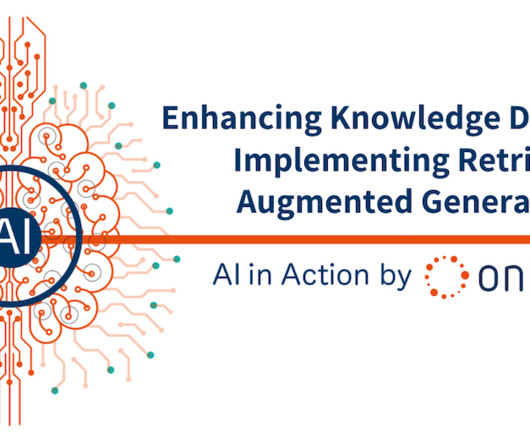Understanding Social And Collaborative Business Intelligence
datapine
NOVEMBER 19, 2019
This is done using interactive Business Intelligence and Analytics dashboards along with intuitive tools to improve data clarity. Popularity is not just chosen to measure quality, but also to measure business value. Discovery and documentation serve as key features in collaborative BI.














Let's personalize your content